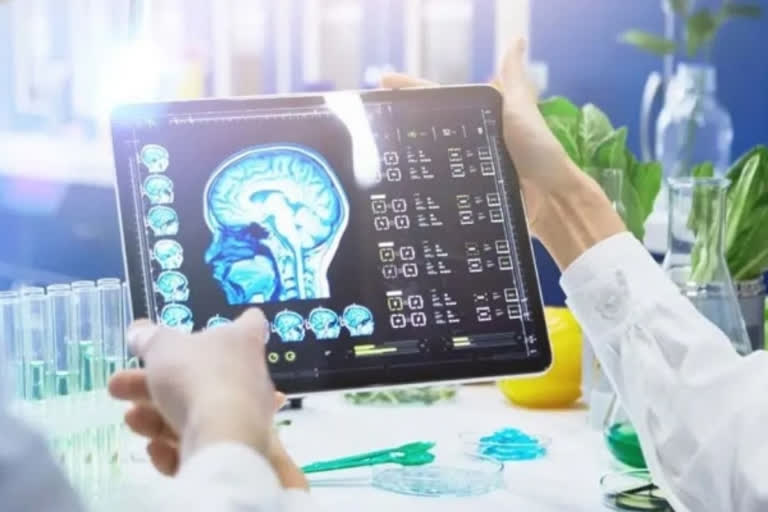Osaka: To address swallowing disorders, most medical researchers look to improving organ function, but these researchers are looking at our brains. Pneumonia is the third-leading cause of death in Japan, recently surpassing people who die of a stroke. While it's uncommon for healthy people to die of infectious pneumonia, aspiration pneumonia, an infection from food or liquid being breathed into the airways or lungs instead of being swallowed, can be fatal for the elderly.
A technology that decodes brain signals by artificial intelligence can potentially help those with swallowing disorders. And researchers at Osaka University are the first in the world to trial how it might work. Swallowing involves voluntary and involuntary actions.
After sufficient chewing, food enters the pharynx (throat) which autonomously transports it into the oesophagus by the pharynx reflex a largely automatic' movement. Voluntary movements are mostly controlled by the top part of the brain (the cerebrum). Involuntary movement is controlled in the brainstem, near the base of the skull.
How these two parts of the brain interact to produce swallowing was largely a mystery. Most current medical approaches to swallowing disorders focus on improving the function of the organs involved in the mechanics of swallowing, like the mouth, pharynx, and larynx. The new technology, called a brain-machine interface, can instead detect people's intention to swallow by decoding brain signals.
It can also control the muscles involved in swallowing through electrical stimulation. Muscles are activated by electrodes implanted in the nerves that fire them. In a small pilot at Osaka University, eight epileptic patients, who had already undergone a surgical procedure to place electrodes in their brain to treat their disease, had their brain activity recorded as they drank water.
The existing electrodes provided the electric signals, providing a more precise analysis than the alternative of placing electrodes on the scalp. The researchers noted the many areas of the brain involved in the simple act of swallowing. The brain's motor cortex works as muscles move to open the mouth and there's activity in the sensory cortex when water is in the mouth.
The brain activity shifts to an area called the subcentral area when the water is swallowed. The most interesting result was that brain activity in the subcentral gyrus abruptly disappeared when the gag reflex began. This is the very moment that the brain activity switches from voluntary control to involuntary control during swallowing.
This organised interaction between cerebral voluntary control and brainstem involuntary control allows us to safely swallow, instead of choking. To further understand the switching process, the researchers utilise deep learning techniques to estimate the timing of the various neurons firing during swallowing. The research is still in the early stages to understand which neurons are controlling the voluntary and involuntary processes and the switching mechanism. (AP)



